by Miguel Crunia - @miguelcrunia
.png.transform/rendition-xs/image_image%20(1).png)

by Miguel Crunia - @miguelcrunia
Once the cradle of the most reputed wines of the old world, Ribeiro finds itself rediscovering the ancient style of wine that catapulted this region to the Olympus of the finest wines
In this article, I would like to echo a current of research born in Ribeiro that is trying to unseat Douro, the birthplace of Port wines, as the oldest winemaking region in the world.
In 1579, the Municipal Ordinances of Ribadavia already determined the places and parishes that could produce and sell Ribeiro wine (called Ribadavia at that time), what handling operations were allowed, and what sanctions would be applied to those who failed to comply with that Ordinance, being a precedent for the regulations of the current Regulatory Councils of today (It is in 1756 when the Douro became the first classic wine region to be legally demarcated, 177 years after the writing of the Ordinances).
There is also documentation that proves that when the Ribeiro lost the English market as a result of the treaty between England and Portugal, many of its winegrowers moved to the Douro at a time when the British began to invest money into planting new vineyards in Douro Valley. That piece of documentation is the “Portuguese Wine Treaty” written by
John Croft in 1727, where he already states at the beginning of the book that Portuguese wines began to be introduced into England mainly during the government of Queen Anna (1702-1714) and that before that, those from Ribadavia were imported. Thus, Galicians moved to Douro and naturally applied all their accumulated knowledge to build up Douro’s terraced vineyards. In the end, he mentions the Ribeiro again. He says that in 1732 Port wines were not considered rich enough, so they were mixed with the fine wines of Galicia called “Ribadavias”. It is unknown when the habit of mixing Porto with Ribeiro was maintained, but it had already been lost at the end of the 18th century when John Croft published his book.
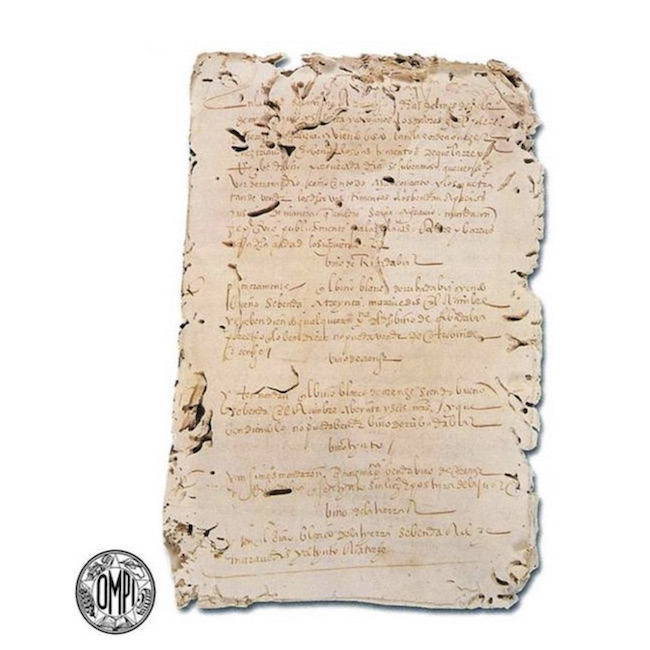
Municipal Ordinances of Ribadavia published in 1579.
Ribeiro is a complex reality, probably one of the oldest and most reputed regions in the old world, mostly forgotten nowadays that in the past stood on its own. Located in the southwest of Galicia, about 40 km away from the Atlantic Ocean, Ribeiro is simplistically divided into 3 valleys cut by 3 rivers (The Avia, the Miño, and the Arnoia). The reality is that Ribeiro is far more complex than that as it is cut by more than 20 rivers which create small sub-regions with very diverse micro-climates, becoming a transitionary area with a Mediterranean character that is softened by the Atlantic influence. That distance should imply a greater Atlantic character of the environment, but the orography of mountain ranges that limits the denomination to the West and North exerts an important protective effect, thus generating a viticulture where alcoholic maturation develops parallel to the phenolic ripening. If it is the mountains that constitute a natural barrier that isolates it from the nearby maritime influence, it is the rivers that exert a contrary force moderating temperatures, becoming a kind of endogenous self-regulation organism.
Winemakers since the 2nd century BC
Thanks to the Greek historian Strabo and to the ruins found of several lithic lagares (ancient constructions used for pressing the grapes) we know that the beginnings of winemaking in the area date all the way back to the 2nd century BC. The Germanic invasions represented a strong setback, although the richness of varieties that are already associated with that time did not disappear. The arrival of the Benedictine and Cistercian monks brought about a qualitative change. During this stage, the most important Galician ecclesiastical orders settled farms and priories in Ribeiro to supply their cellars with wine for the year. The monasteries were the great promoters of the recovery of the vineyard, replanting the indigenous varieties that had already existed in this area. Something similar happened with the aristocratic families who, interested in acquiring vineyards since the 11th century, gave rise to large and medium-sized land ownerships.
Despite the fact that trade and appreciation for Ribeiro wines were more than flourishing at this time, it would not be until the looting of the city of Ribadavia by the army of the Duke of Lancaster in 1386 that they experience an international springboard, thanks to the good taste it left in the nobility and the English troops. Ribadavia was also introduced in the most important European ports in the second half of the 14th century after the temporary crisis caused by the Black Death on the wines from South-West France, provoking the rupture of the monopoly of Bordeaux wines. Since then, Rivadavia wines were understood as synonymous with luxury and quality.
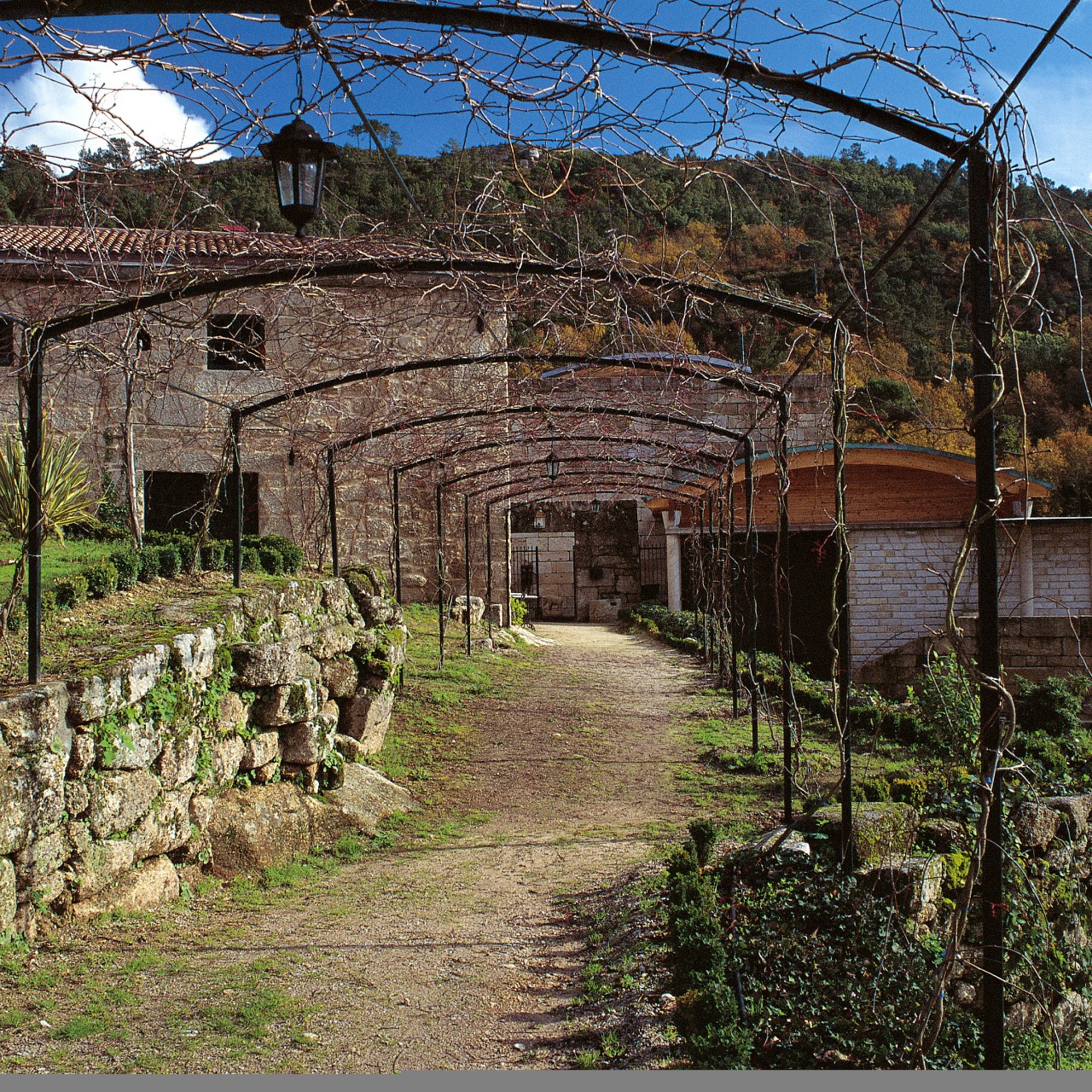
During the golden centuries that followed (from the 15th century until the 18th), it was particularly the English merchants who came to these land or had representatives who were in charge of acquiring the wine that later would transport them by boat navigating the Miño, or through the figure of the "arrieros" (a person who transported leather-skin vessels full of wine on the back of a mule) to the ports of Pontevedra, Vigo, or Baiona.
The echoes of Ribeiro
Even the classic literates of the Golden Age of Spanish literature were also echoing the quality of Ribeiro wines. Cervantes mentioned in his Licenciado Vidriera the wines from Ribadavia. Ribeiro’s wines were known not only throughout the peninsula as its fame reached Italy, Flanders, France, Germany, and England in huge part thanks to that trade route which became the Camino de Santiago (the famous pilgrimage). The quality of Ribeiro wines was undeniable, such that in Ondarribia (Guipúzcoa), in 1584, Ribadavia wines were sold at twice the price of Bordeaux wine.
In 1492 a Spanish expedition arrived in the New World. The man behind it was Christopher Columbus, who took on board one of the most appreciated wines of his time, Ribeiro, becoming the first wine to cross the Atlantic and, therefore, to reach America (Some documents from the Simancas National Archive prove the presence of Ribeiro wine aboard Columbus’ caravels).
The importance that Ribeiro wines acquired is such that its fraudulent trade began to emerge, giving birth to many counterfeit wines sold as such. It is precisely here that the aforementioned Ribadavia Ordinances were drafted in order to regulate, guarantee and protect its quality and its production area. From this humble pulpit, I want to make a call to study this fact deeper in order to officially recognize the Ribeiro as the most ancient demarcated wine region in the world.
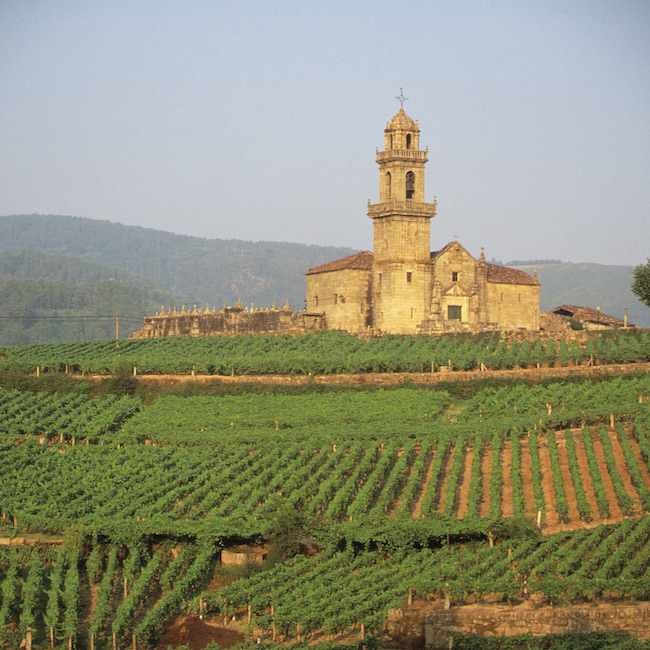
The presence of English buyers is documented until the end of the 18th century, who would stop buying Ribeiro wines at that time, moving their business to the Portuguese Douro as a direct consequence of the warfare they had with Spain. The memory of those British buyers remained in the Ribeiro until today, and even in the mid-19th century, several wineries kept vats with the stamps used by some English companies to mark the ones they chose regarding the quality of the wine.
The recovery of Ribeiro
Later in the 19th century, with the confiscation and the abandonment of the monasteries by religious orders, there was also a downturn in wine provoked by the arrival of odium, mildew, and phylloxera from America. When Ribeiro started to recover, two were the varieties chosen for the restoration of the vineyards, both very productive and foreign to the region: Palomino and Alicante Bouschet (Garnacha Tintorera).
After the Spanish civil war, the improvement of communications (first with the train and later with the development of modern roads) increased considerably the sales. The sixties and seventies were financially good times however, production started to drop since then because just a few people were left to work the vineyards due to the strong migratory bleeding caused by those young people that moved from the rural areas towards the modern cities. Viticulture continued to be done in a very traditional way, mostly for own consumption inside the family adegas. The late 90s and the beginning of the 20th century have brought us the modernization of large cooperatives and wineries. Nowadays we find ourselves in a very exciting place, with a young generation who's coming back to recover Ribeiro’s indigenous varietals, to render productive old abandoned historical vineyards, and to bring back to life the lost ancient style of Ribeiro wines.
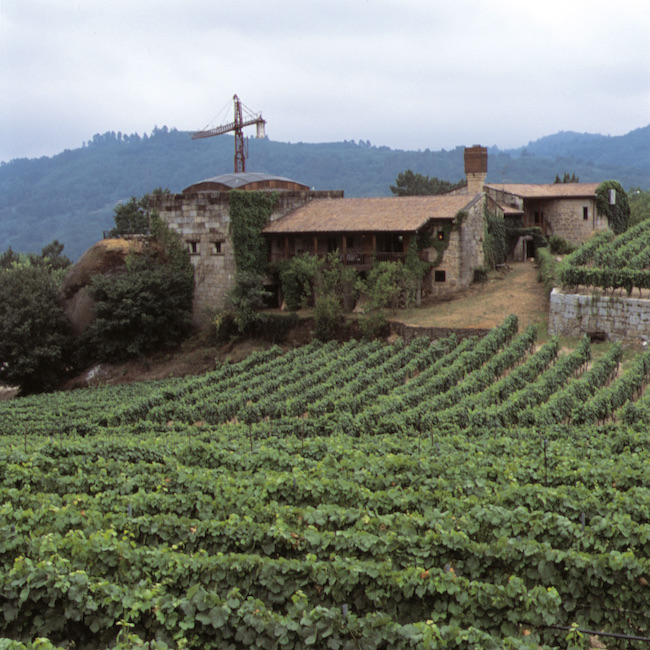
Ribeiro’s history is pretty special but its orography it’s even more so. Its rugged landscapes have forced men to build hundreds of retaining walls, the famous socalcos (terraced vineyards, construction exported by the Galicians that helped to shape Douro’s iconic landscape). These constructions are of vital importance in this sinuous land of slopes and constant undulations on soils that are rich in xábrego (decomposed granite) and sand, creating a continuous risk of landslides after the abundant local rains.
To understand the Ribeiro, we must first understand the smallholding that still reigns in its vineyards. It is traditional here for the land to be divided among all the descendants in more or less equal parts, and for these to be also subdivided over the years, giving rise to extreme smallholdings. This has two important consequences for the promising future of this region:
On the one hand, we must talk about the co-plantation of different varieties in the same vineyard. As wine was considered food, families had to plant different varieties in order to ensure that they could at least harvest one of them in case of facing a bad vintage. This has given rise to one of the most important hallmarks of Ribeiro: viticultural polygamy. Although there are wine artisans who craft incredible monovarietal wines, the essence of Ribeiro is those coupage that blend the different varietals found within their vineyards as a way of respecting the terroir and letting the vineyard do the talking.
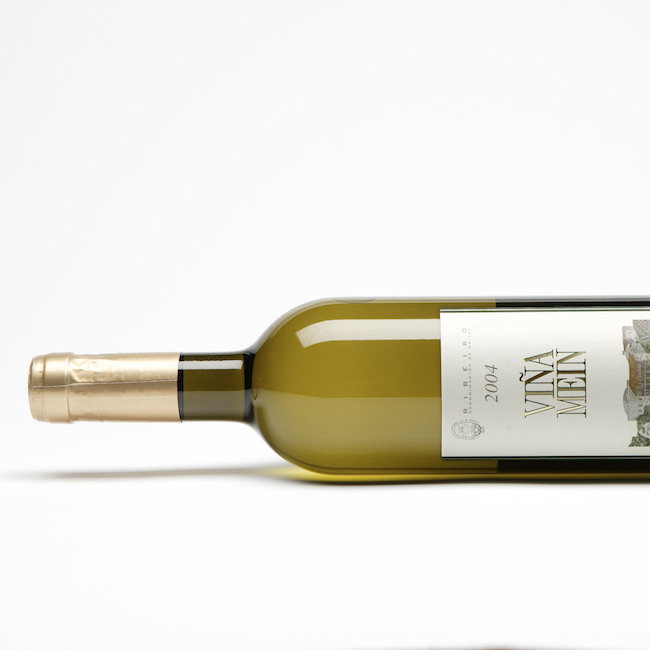
On the other, it is time to start talking about a possible classification of Ribeiro’s vineyards. The already mentioned climate transition factor together with the micro-climatic differences between the 3 valleys that make up this DO (Avia, Arnoia, and Miño), the demarcation of their towns, the different orientation of the single vineyards, the age of their vines, and the types of soil found is inviting us to move towards this direction. Yes: the Ribeiro wines are canvases capable of capturing the mosaic of diversity that these lands are.
Miguel Cruina, director at Fìon (Edinbrgh) is a Spanish Wine Certified Educator.
LEARN ABOUT WINES FROM SPAIN CERTIFICATE HERE
ANNEX
As an annex to this article I would also like this piece of writing to serve as a platform to give visibility to the work of those artisans who are showing us the way towards crafting fine wines and who deserve all the credit for the great work they’re doing by recovering Ribeiro’s viticultural heritage and positioning, once again, in the highest pedestal of the international wine markets:
Jorge Pérez (Bodegas L’Ombre), Antonio Míguez Amil (Boas Vides), Luís Anxo Rodríguez, Emilio Rojo, Cume do Avia, Pilar Higuero (A Pita Cega, out of the DO because some ridiculous bureaucratic boundaries), Xulia Bande, Bernardo Estévez, X.L. Sebio, Iago Garrido (Facenda Augalevada), Adega do Demo, among others.
Documentation: